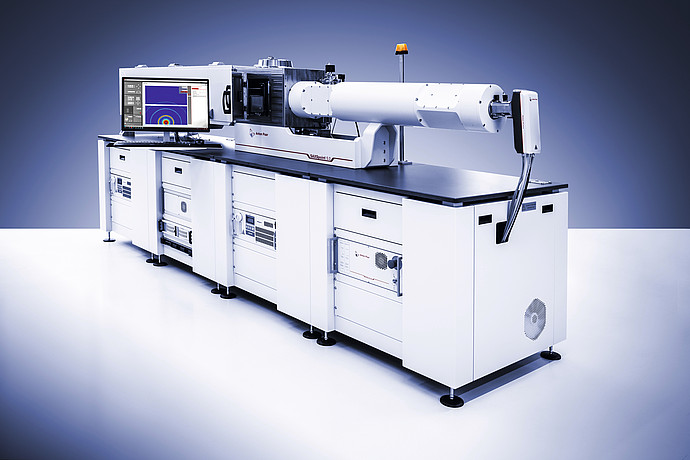


SAXSpoint 5.0 is a versatile SAXS/WAXS/GISAXS/RheoSAXS laboratory beamline that uses synchrotron detector technology for high-resolution measurements in a compact system. This system is capable of resolving nanostructures up to 620 nm, making it a valuable tool for the study of materials at the nanoscale. SAXSpoint 5.0 offers a high degree of flexibility, allowing for the analysis of almost any material under ambient and non-ambient conditions. Additionally, various optional features make SAXSpoint 5.0 ready for future applications in the micrometer range (USAXS).
SAXSpoint 5.0 employs a brilliant X-ray beam with high spectral purity and scatterless beam collimation. Equipped with powerful microsource or MetalJet X-ray sources and high-performance optics, it delivers excellent results within exceptionally short exposure times.
Almost any kind of nanostructured material can be analyzed with various sample stages from Anton Paar. Switching between different sample stages is easy and fast with TrueFocus, the feature that ensures automatic alignment of all components. Benefit from a unique flexibility in your measurement setup.




